Home>Gardening & Outdoor>Landscaping Ideas>What Does A Grass Snake Eat
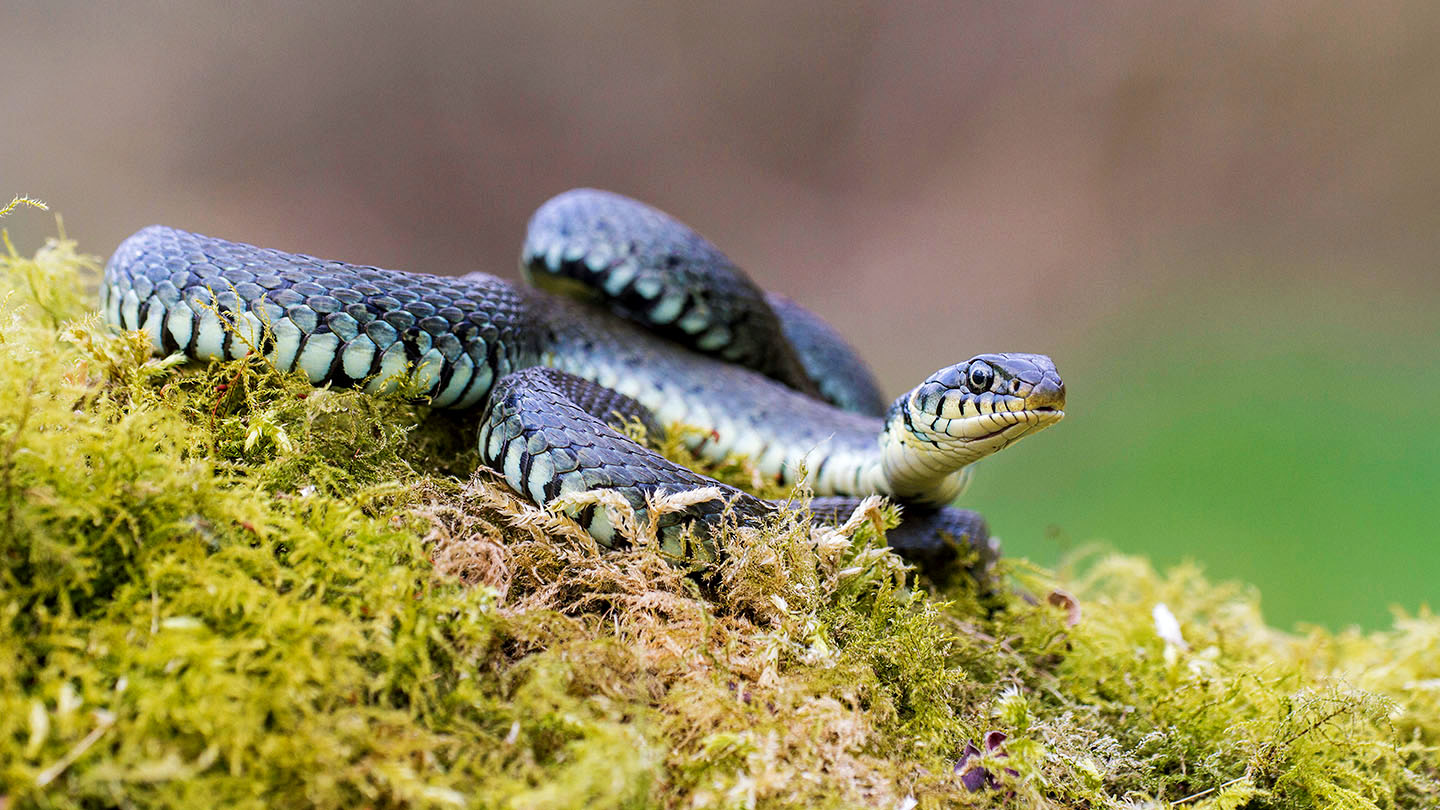

Landscaping Ideas
What Does A Grass Snake Eat
Published: January 26, 2024
Discover what grass snakes eat and how it can benefit your landscaping ideas. Learn about their diet and feeding habits to enhance your outdoor space.
(Many of the links in this article redirect to a specific reviewed product. Your purchase of these products through affiliate links helps to generate commission for Storables.com, at no extra cost. Learn more)
Introduction
Welcome to the fascinating world of grass snakes! These sleek, non-venomous reptiles are renowned for their elegance and adaptability, making them a captivating subject for nature enthusiasts and wildlife aficionados. As we delve into the dietary habits of grass snakes, we'll uncover the intricacies of their feeding behaviors and the diverse array of prey that sustains these remarkable creatures.
Grass snakes, scientifically classified as Natrix natrix, are indigenous to a variety of habitats across Europe and Asia. Their affinity for grassy meadows, marshes, and woodlands has earned them the moniker "grass snake," reflecting their close association with these verdant environments. With their striking appearance and enigmatic demeanor, grass snakes have long been a source of curiosity and admiration among nature lovers.
In this exploration of the dietary preferences of grass snakes, we'll unveil the captivating array of creatures that form the cornerstone of their sustenance. From amphibians and fish to small mammals and birds, the menu of a grass snake is as diverse as it is intriguing. By understanding the dietary habits of these serpentine marvels, we gain valuable insights into their ecological role and the delicate balance of the ecosystems they inhabit.
Join us as we embark on a captivating journey into the world of grass snakes, unraveling the mysteries of their diet and shedding light on the intricate web of life in which they play a vital part. With a keen eye for detail and a thirst for knowledge, let's uncover the culinary delights that sustain these elegant reptiles and marvel at the wonders of the natural world.
Key Takeaways:
- Grass snakes are versatile predators, dining on amphibians, fish, small mammals, birds, and invertebrates. Their adaptability and resourcefulness contribute to the delicate balance of ecosystems.
- With stealthy ambushes and agile pursuits, grass snakes showcase their adeptness at securing sustenance from a diverse array of prey. Their dietary habits offer a glimpse into the captivating intricacies of predator-prey dynamics.
Read more: What Does Sea Grass Eat
Overview of Grass Snakes
Before delving into the dietary habits of grass snakes, it’s essential to gain a comprehensive understanding of these remarkable reptiles. Grass snakes, also known by their scientific name Natrix natrix, are non-venomous colubrid snakes that belong to the genus Natrix. They are widely distributed across Europe and parts of Asia, thriving in a diverse range of habitats, including grasslands, woodlands, wetlands, and meadows.
One of the distinguishing features of grass snakes is their sleek and slender physique, which enables them to navigate through dense vegetation with remarkable agility. Their coloration varies, typically encompassing shades of green, brown, and gray, often adorned with distinctive markings that contribute to their camouflage in their natural surroundings. These markings, which may take the form of dark spots or stripes, further accentuate the allure of these enigmatic reptiles.
Grass snakes are renowned for their adaptability and are equally at home in terrestrial and aquatic environments. They are proficient swimmers and can often be found near bodies of water, where they hunt for aquatic prey and seek refuge in the reedy margins. Their affinity for basking in the sun and seeking shelter in underground burrows or amidst vegetation underscores their resourcefulness in utilizing the diverse microhabitats within their range.
As ectothermic creatures, grass snakes rely on external sources of heat to regulate their body temperature, making them particularly active during the warmer months. Their emergence from hibernation in spring heralds the onset of their breeding season, during which intricate courtship rituals unfold, culminating in the laying of elongated eggs in carefully chosen locations.
The intricate interplay between grass snakes and their surroundings underscores their significance in the intricate tapestry of the ecosystems they inhabit. Their role as both predator and prey contributes to the delicate balance of natural communities, making them a subject of profound ecological interest and admiration among nature enthusiasts.
With this foundational understanding of the captivating nature of grass snakes, we are primed to explore the intricacies of their dietary preferences and unravel the enigmatic tapestry of their culinary pursuits.
Diet of Grass Snakes
The dietary preferences of grass snakes encompass a diverse array of prey, reflecting their adaptability and opportunistic feeding behaviors. As carnivorous reptiles, grass snakes primarily subsist on a diet comprising small vertebrates and invertebrates, showcasing their adeptness as both terrestrial and aquatic hunters. Their eclectic menu includes amphibians, fish, small mammals, birds, and a variety of invertebrates, underscoring their role as versatile predators within their respective ecosystems.
Amphibians, notably frogs and toads, constitute a significant portion of the grass snake’s diet. Their agility and stealth enable them to ambush these unsuspecting amphibians near water bodies or within the dense undergrowth, showcasing their prowess as adept hunters in both terrestrial and aquatic environments. The abundance of amphibians in their preferred habitats ensures a readily available food source, sustaining these elegant reptiles throughout the warmer months.
In addition to amphibians, grass snakes are adept at capturing fish, particularly in shallow water bodies and slow-moving streams. Their streamlined physique and proficiency as swimmers equip them for this piscivorous pursuit, as they deftly seize small fish with precision and agility. This piscine fare contributes to the dietary diversity of grass snakes, highlighting their adaptability in exploiting the resources within their aquatic domains.
Small mammals, such as voles and mice, also feature in the culinary repertoire of grass snakes. Their ability to stalk and ambush these elusive mammals within the confines of grassy habitats underscores their prowess as adept predators, adept at capitalizing on the abundance of small mammals within their range. This dietary flexibility further accentuates the resourcefulness of grass snakes in securing sustenance from a varied array of prey.
Birds and their eggs are occasionally targeted by grass snakes, particularly during the nesting season when vulnerable chicks and eggs present opportune morsels. Their stealth and agility enable them to navigate through the dense foliage, where they may opportunistically seize avian prey, further exemplifying their adaptability as versatile hunters within their woodland habitats.
Furthermore, grass snakes exhibit a penchant for invertebrates, including earthworms, slugs, and insects, which serve as supplementary fare in their diet. Their ability to forage amidst leaf litter and within the soil underscores their adeptness at capitalizing on the abundance of invertebrates within their terrestrial domains, further enriching their dietary spectrum.
By embracing such a diverse array of prey, grass snakes epitomize the consummate predator, adept at exploiting the ecological niches within their habitats and contributing to the intricate web of life in which they play a vital role.
Grass snakes eat a variety of prey including amphibians, small mammals, birds, and their eggs. They are also known to consume fish and insects.
Prey of Grass Snakes
The prey of grass snakes encompasses a diverse array of creatures, reflecting their adaptability and opportunistic feeding behaviors. These sleek reptiles, with their keen predatory instincts, capitalize on a broad spectrum of prey, encompassing both terrestrial and aquatic organisms. From amphibians and fish to small mammals, birds, and invertebrates, the menu of a grass snake is as diverse as it is intriguing, underscoring their role as versatile hunters within their respective ecosystems.
Amphibians, including frogs and toads, feature prominently among the prey of grass snakes. Their affinity for wetland habitats and the abundance of amphibians therein provide an ample food source for these adept hunters. With stealth and precision, grass snakes ambush unsuspecting amphibians near water bodies or within the dense undergrowth, showcasing their prowess as agile predators capable of capitalizing on the abundance of amphibian prey.
Additionally, grass snakes demonstrate a proclivity for capturing fish, particularly in shallow water bodies and slow-moving streams. Their proficiency as swimmers and their streamlined physique equip them for this piscivorous pursuit, enabling them to deftly seize small fish with remarkable agility. This piscine fare contributes to the dietary diversity of grass snakes, highlighting their adeptness at exploiting the resources within their aquatic domains.
Small mammals, such as voles and mice, also fall within the purview of the grass snake’s predatory pursuits. Their ability to stalk and ambush these elusive mammals within the confines of grassy habitats underscores their prowess as adept hunters, adept at capitalizing on the abundance of small mammals within their range. This dietary flexibility further accentuates the resourcefulness of grass snakes in securing sustenance from a varied array of prey.
Birds and their eggs are occasionally targeted by grass snakes, particularly during the nesting season when vulnerable chicks and eggs present opportune morsels. Their stealth and agility enable them to navigate through the dense foliage, where they may opportunistically seize avian prey, further exemplifying their adaptability as versatile hunters within their woodland habitats.
Furthermore, grass snakes exhibit a penchant for invertebrates, including earthworms, slugs, and insects, which serve as supplementary fare in their diet. Their ability to forage amidst leaf litter and within the soil underscores their adeptness at capitalizing on the abundance of invertebrates within their terrestrial domains, further enriching their dietary spectrum.
By embracing such a diverse array of prey, grass snakes epitomize the consummate predator, adept at exploiting the ecological niches within their habitats and contributing to the intricate web of life in which they play a vital role.
Feeding Habits of Grass Snakes
The feeding habits of grass snakes are a testament to their adaptability and opportunistic nature as predators. These sleek reptiles exhibit a diverse array of feeding behaviors, reflecting their proficiency in capturing a broad spectrum of prey within their respective habitats. From stealthy ambushes to agile pursuits, grass snakes employ a range of tactics to secure sustenance, underscoring their role as consummate hunters within the intricate tapestry of their ecosystems.
When targeting amphibians, grass snakes capitalize on their stealth and patience, often lying in wait near water bodies or amidst dense vegetation. Their keen eyesight and acute sense of smell enable them to detect the presence of amphibians, allowing them to launch precise strikes to secure their quarry. This methodical approach underscores their adeptness at capitalizing on the abundance of amphibian prey within their preferred habitats.
Similarly, when hunting fish, grass snakes showcase their prowess as proficient swimmers, navigating through shallow water bodies with remarkable agility. Their streamlined physique and keen predatory instincts enable them to swiftly seize small fish, employing calculated movements to secure their aquatic fare. This piscivorous pursuit highlights their adaptability in exploiting the resources within their aquatic domains, showcasing their versatility as hunters.
When targeting small mammals, grass snakes demonstrate a blend of patience and opportunism, often utilizing the cover of vegetation to stalk and ambush their elusive quarry. Their ability to navigate through grassy habitats with stealth and precision underscores their adeptness at capitalizing on the abundance of small mammals within their range, showcasing their resourcefulness as versatile predators.
During the nesting season of birds, grass snakes may opportunistically seize vulnerable chicks and eggs, employing their agility and stealth to navigate through the dense foliage. This opportunistic behavior underscores their adaptability as versatile hunters within their woodland habitats, showcasing their ability to capitalize on seasonal food sources to supplement their dietary intake.
Furthermore, grass snakes exhibit a penchant for foraging amidst leaf litter and within the soil to capture invertebrates, showcasing their adeptness at exploiting the abundance of terrestrial invertebrates within their domains. Their ability to capitalize on this supplementary food source further enriches their dietary spectrum, highlighting their adaptability and opportunism as predators.
By embracing a diverse array of feeding behaviors, grass snakes epitomize the consummate predator, adept at employing a range of tactics to secure sustenance from the rich tapestry of prey within their ecosystems.
Read more: What Eats Grass
Conclusion
As we conclude our exploration of the dietary habits of grass snakes, we emerge with a profound appreciation for the adaptability, versatility, and predatory prowess of these enigmatic reptiles. The dietary preferences of grass snakes encompass a captivating array of prey, ranging from amphibians and fish to small mammals, birds, and invertebrates, reflecting their role as consummate hunters within the intricate ecosystems they inhabit.
By delving into the dietary habits of grass snakes, we unravel the intricate web of life in which they play a vital role as both predator and prey. Their adeptness at exploiting a diverse array of food sources underscores their significance in maintaining the delicate balance of natural communities, contributing to the ecological tapestry in which they are intricately woven.
The feeding behaviors of grass snakes, from stealthy ambushes to agile pursuits, highlight their proficiency in securing sustenance from a broad spectrum of prey. Their adaptability in terrestrial and aquatic environments, coupled with their resourcefulness in exploiting seasonal food sources, underscores their versatility as hunters and their resilience in the face of ecological challenges.
As we part ways with our serpentine companions, let us carry forth a newfound admiration for the intricate dietary tapestry that sustains these elegant reptiles. Their dietary habits serve as a testament to the resilience and adaptability of the natural world, offering a glimpse into the captivating intricacies of predator-prey dynamics and the delicate balance of life in diverse ecosystems.
With an enriched understanding of the dietary preferences and feeding behaviors of grass snakes, we depart with a sense of wonder and reverence for the enigmatic nature of these sleek reptiles, perpetuating our commitment to preserving and appreciating the rich tapestry of life that surrounds us.
Frequently Asked Questions about What Does A Grass Snake Eat
Was this page helpful?
At Storables.com, we guarantee accurate and reliable information. Our content, validated by Expert Board Contributors, is crafted following stringent Editorial Policies. We're committed to providing you with well-researched, expert-backed insights for all your informational needs.
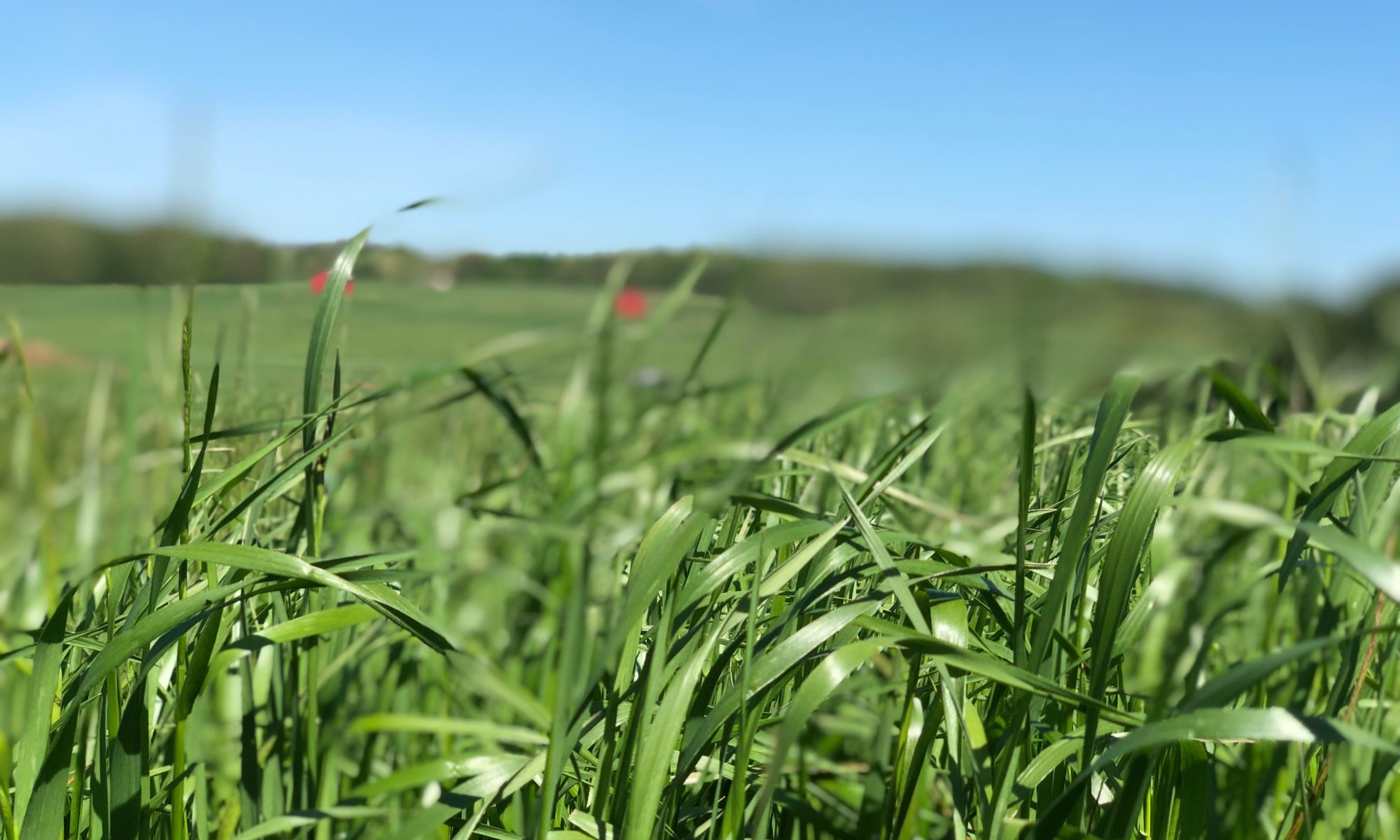
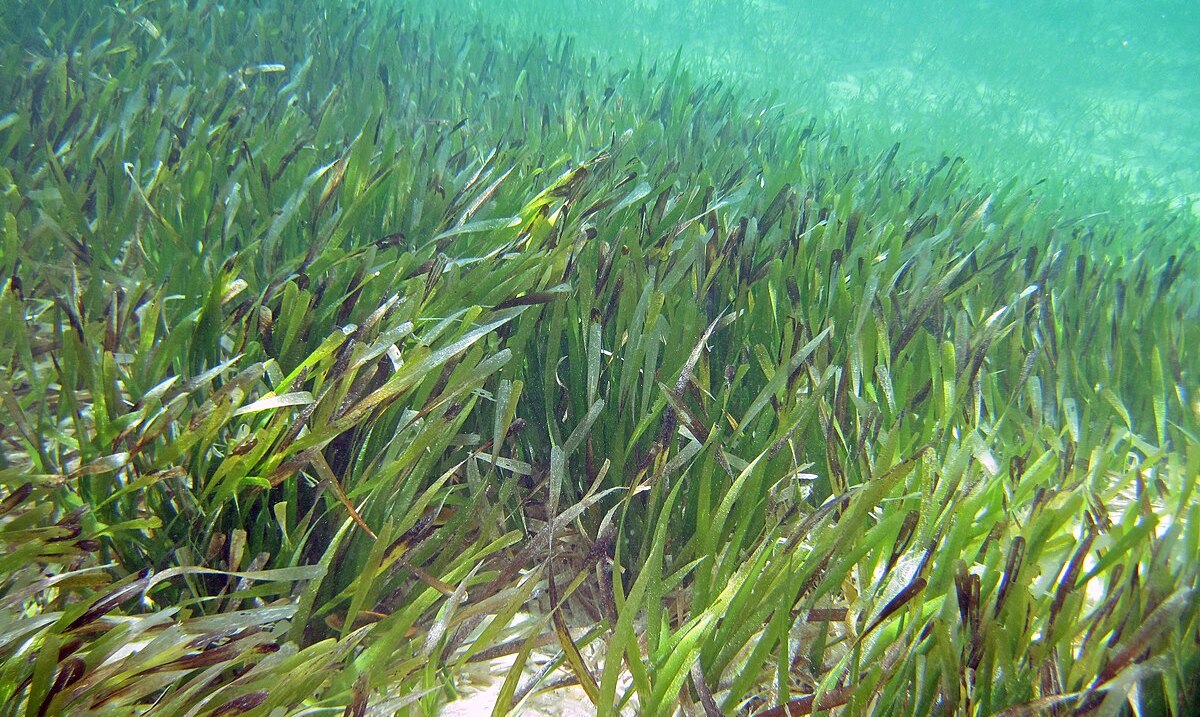
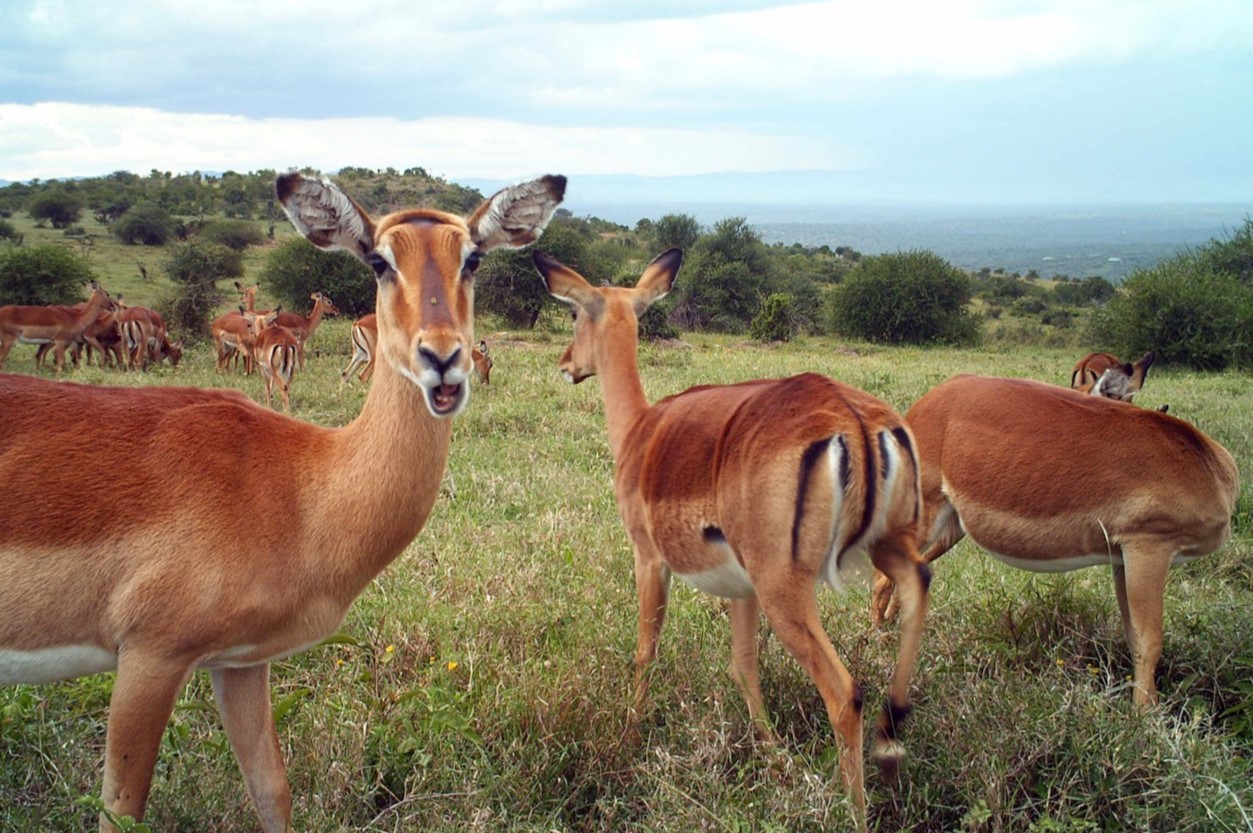
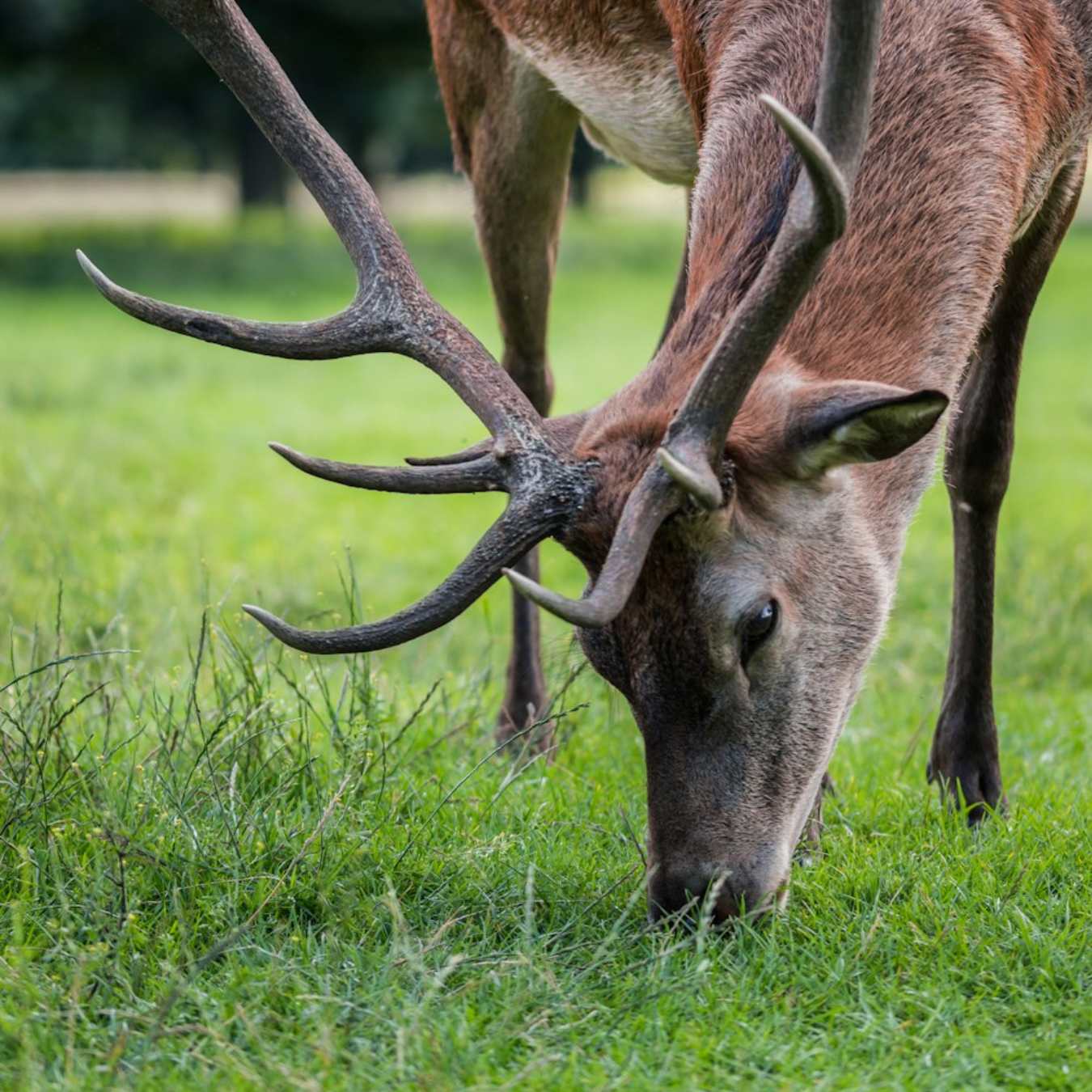
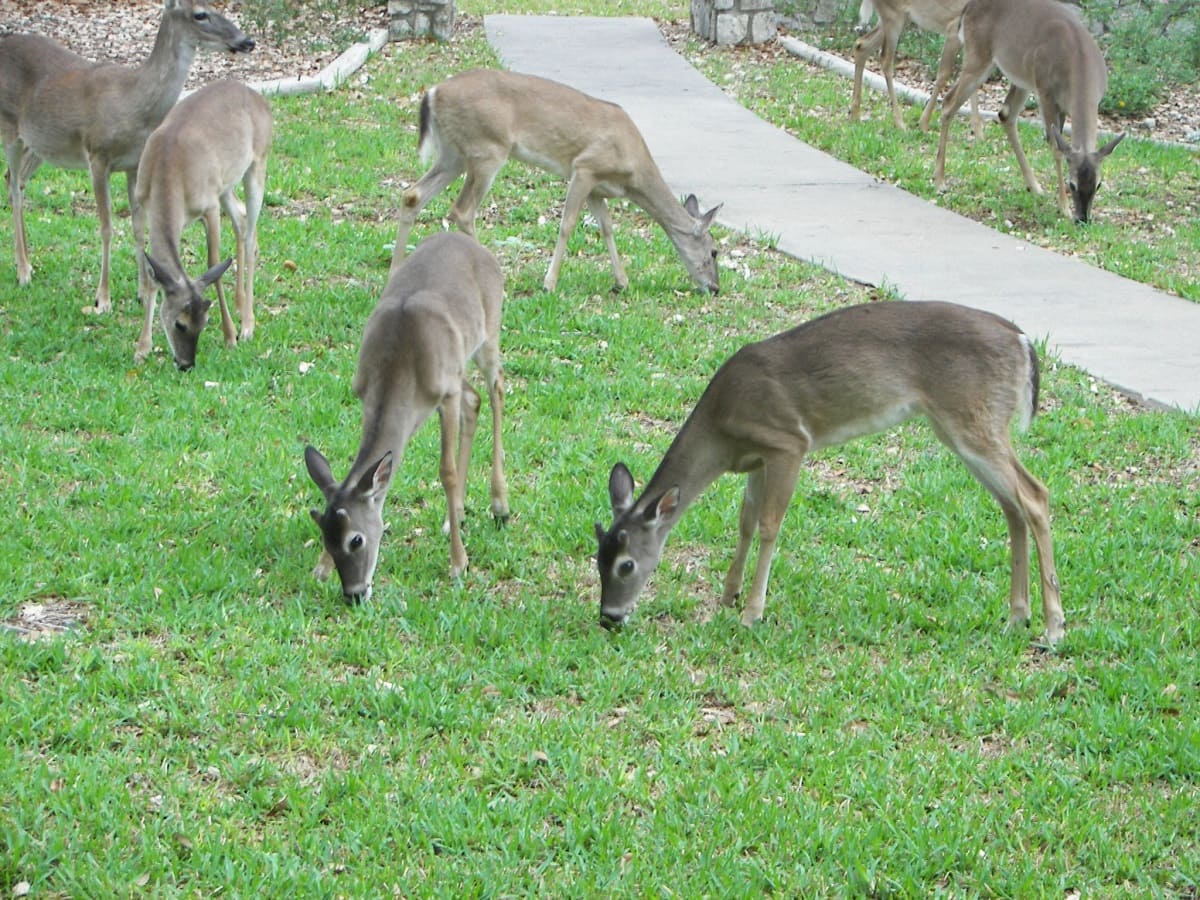
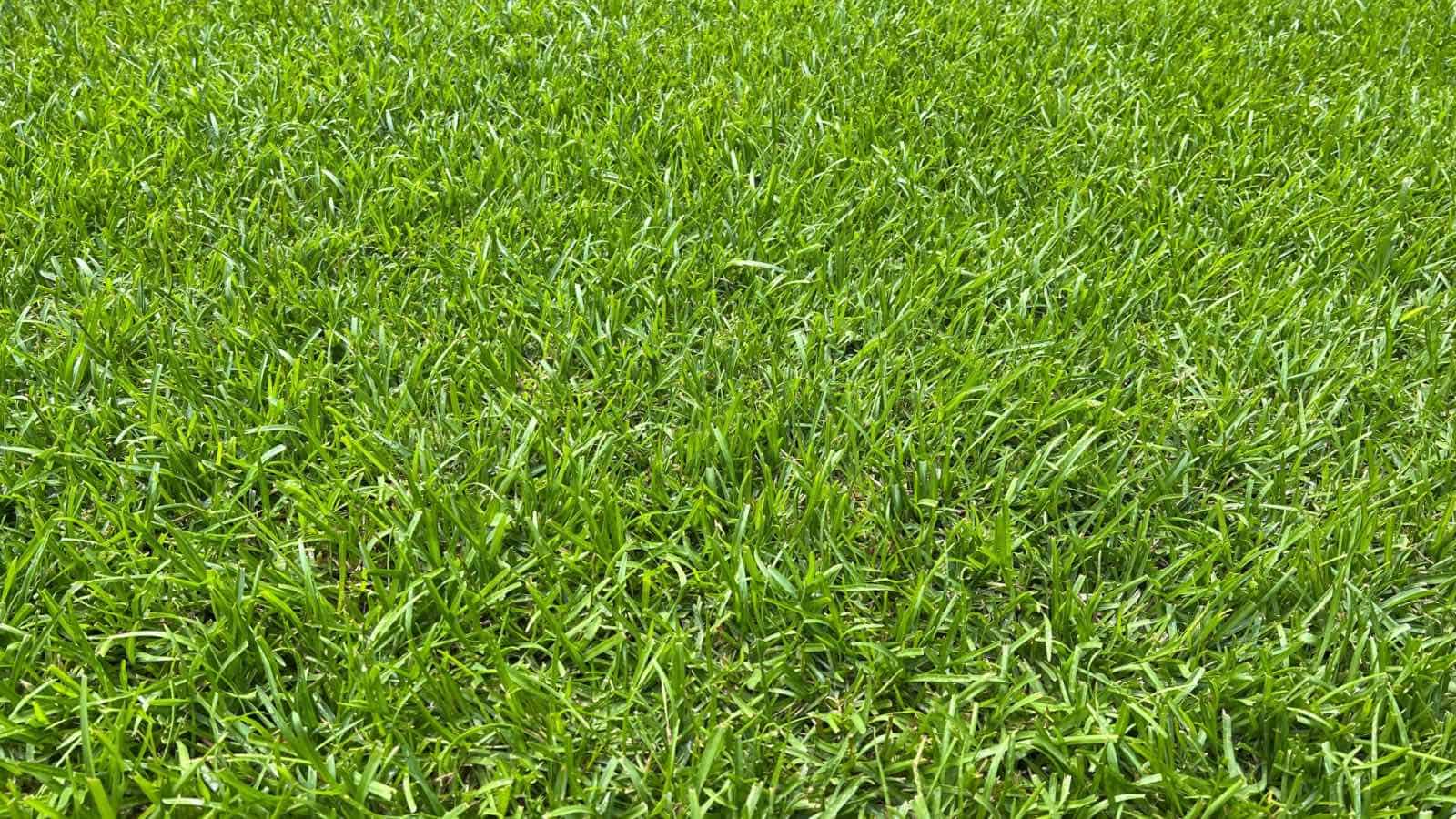
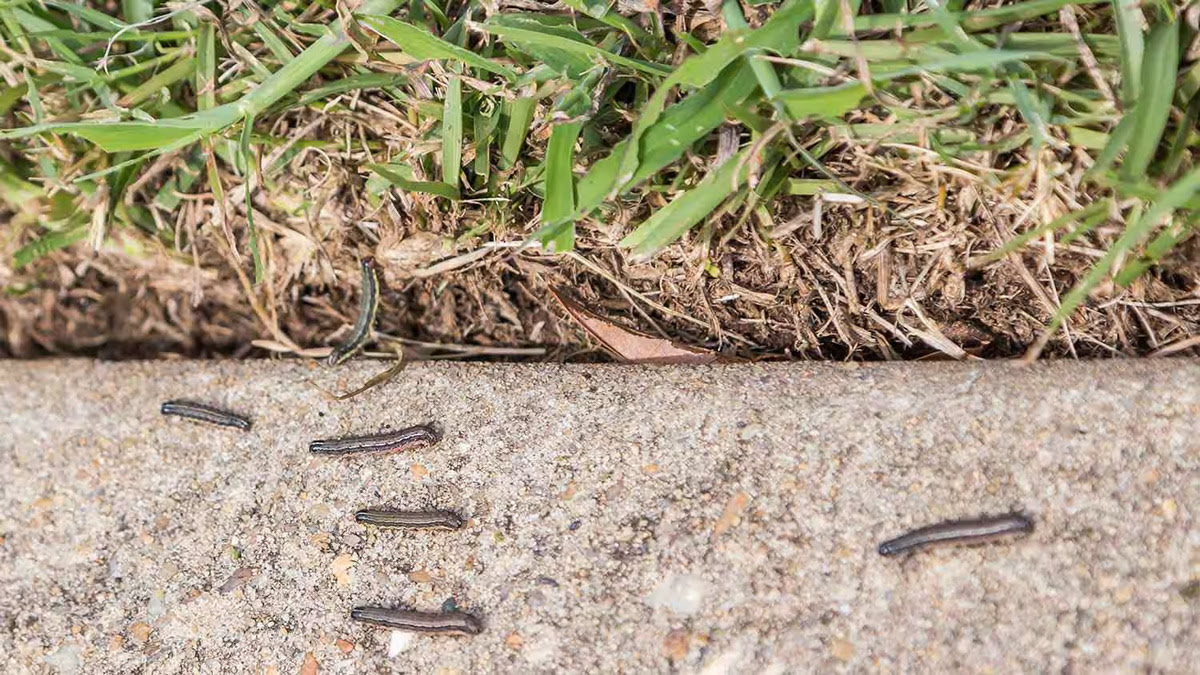
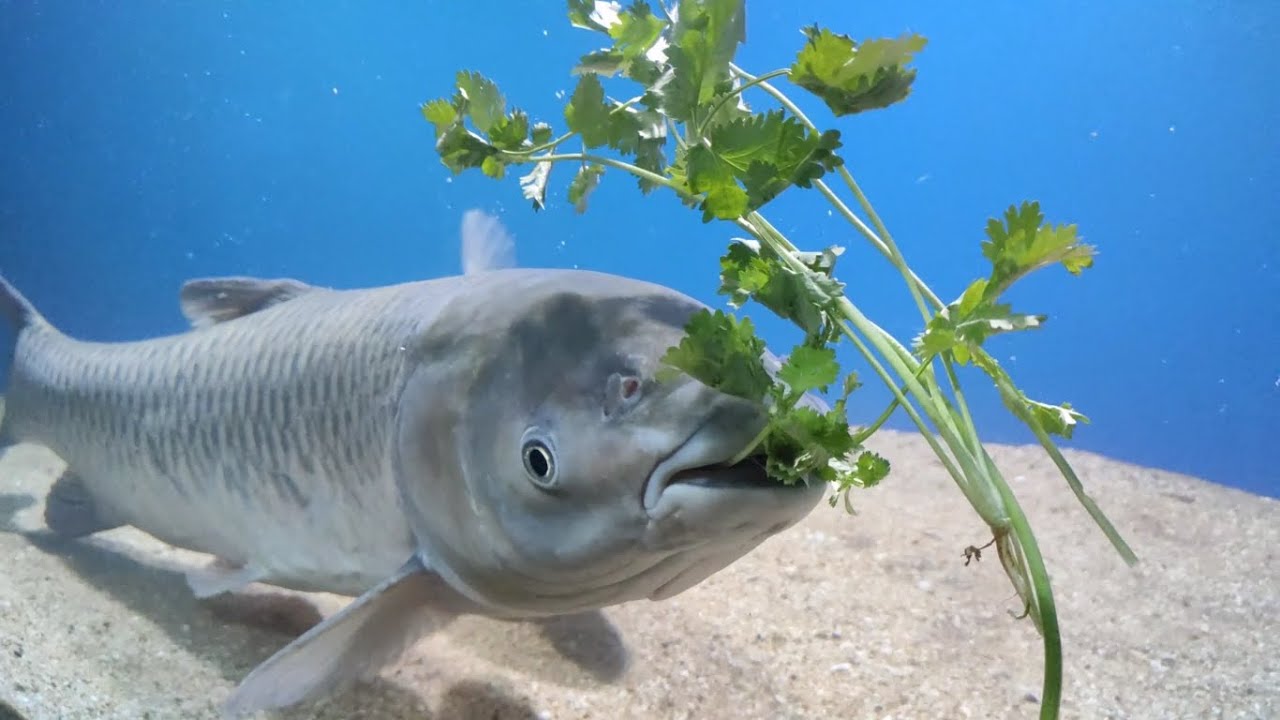

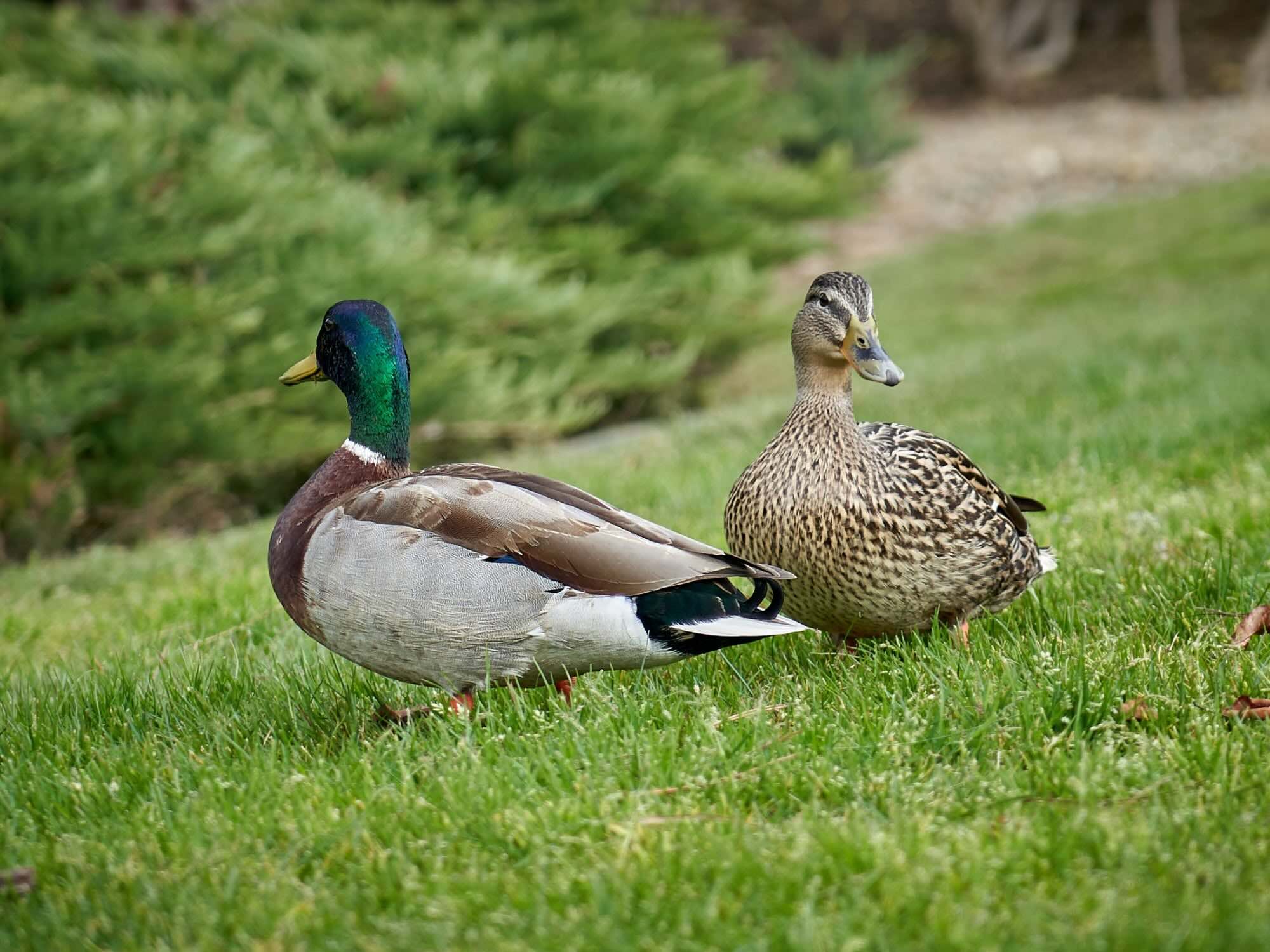

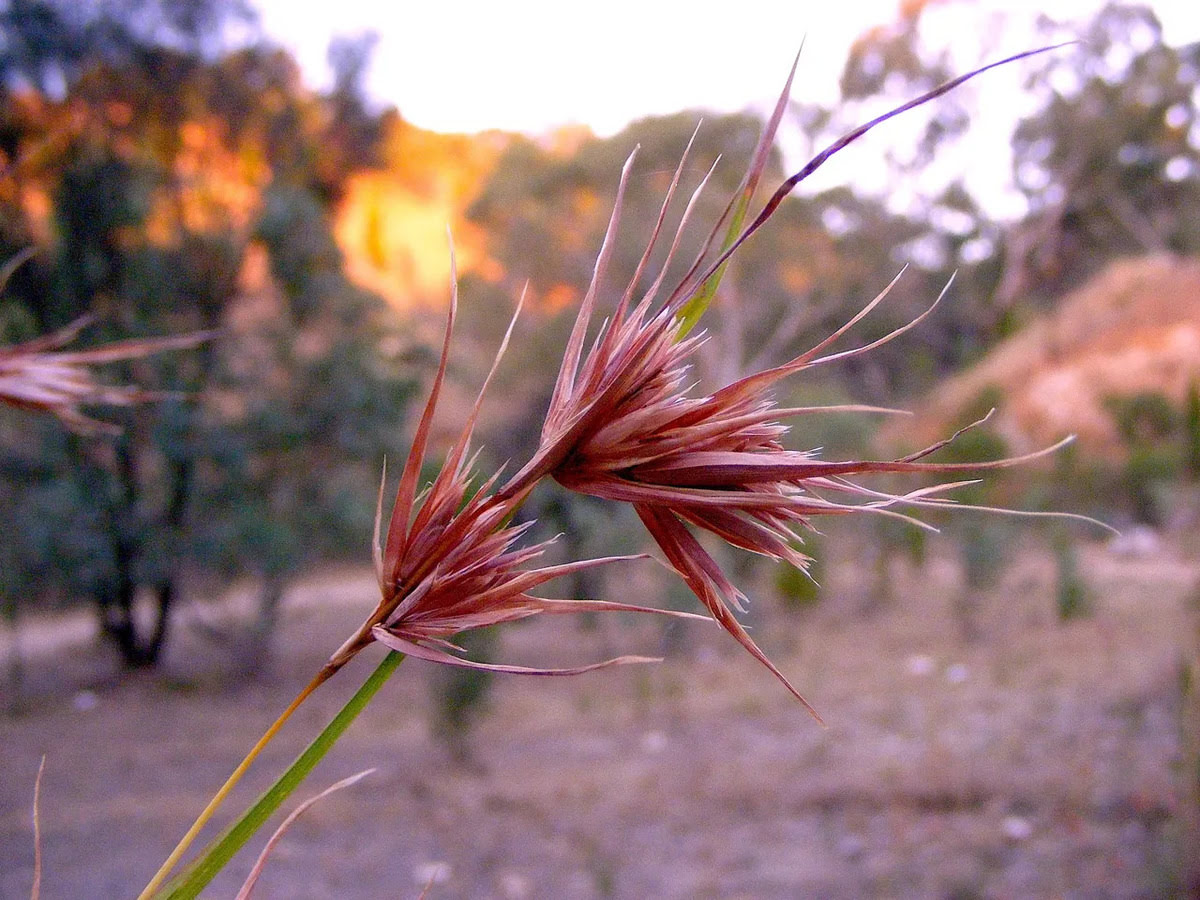

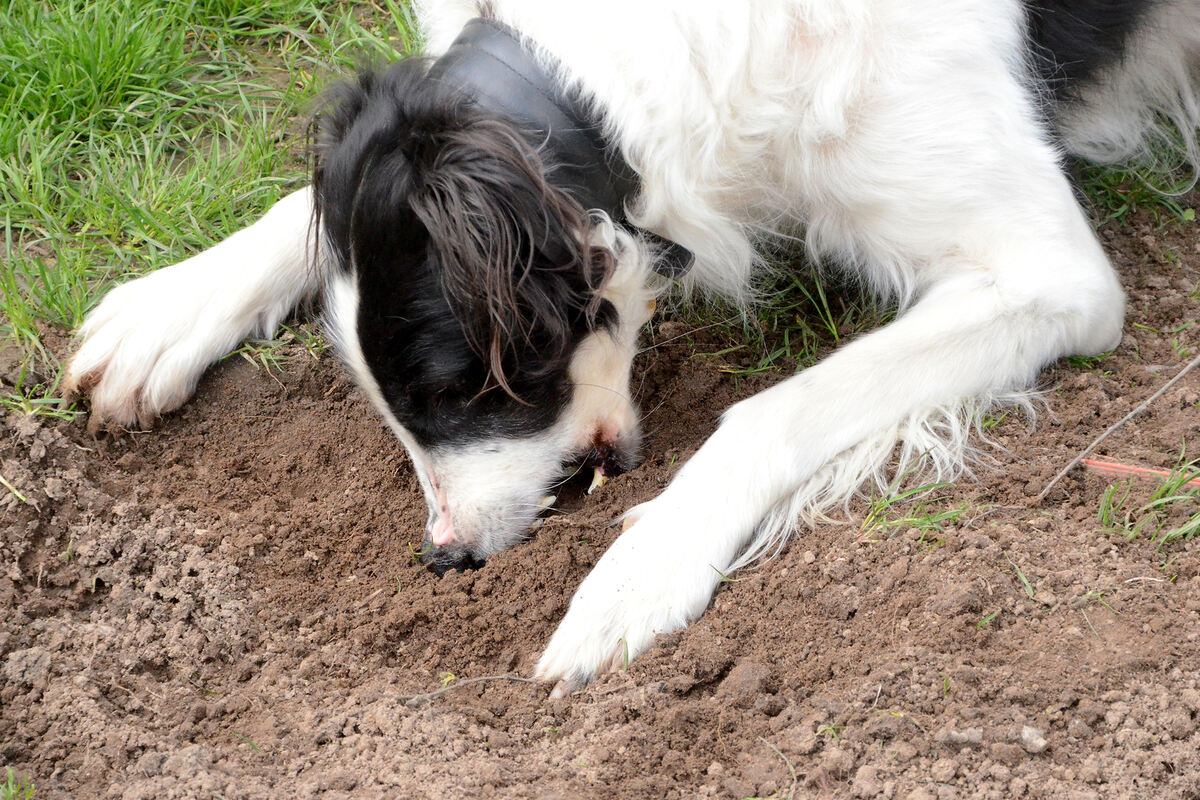

0 thoughts on “What Does A Grass Snake Eat”